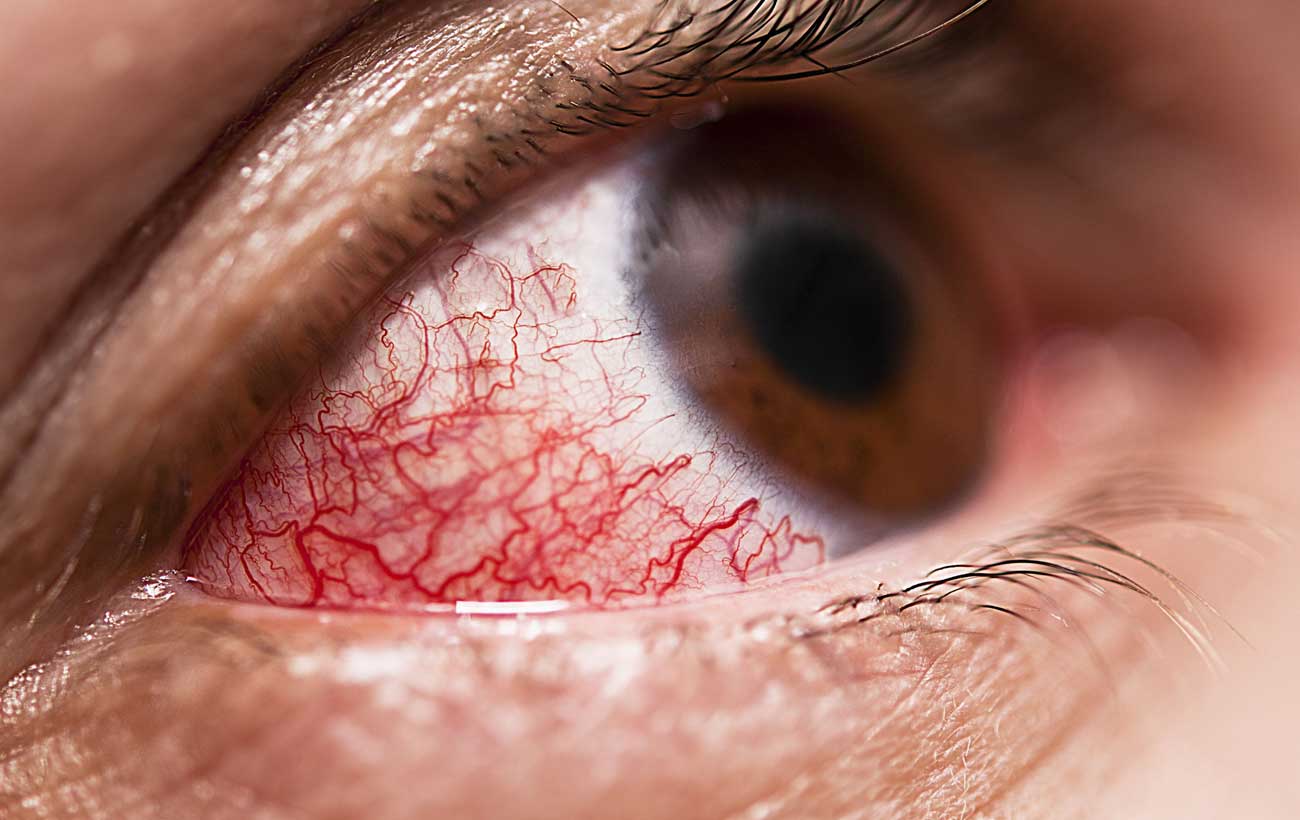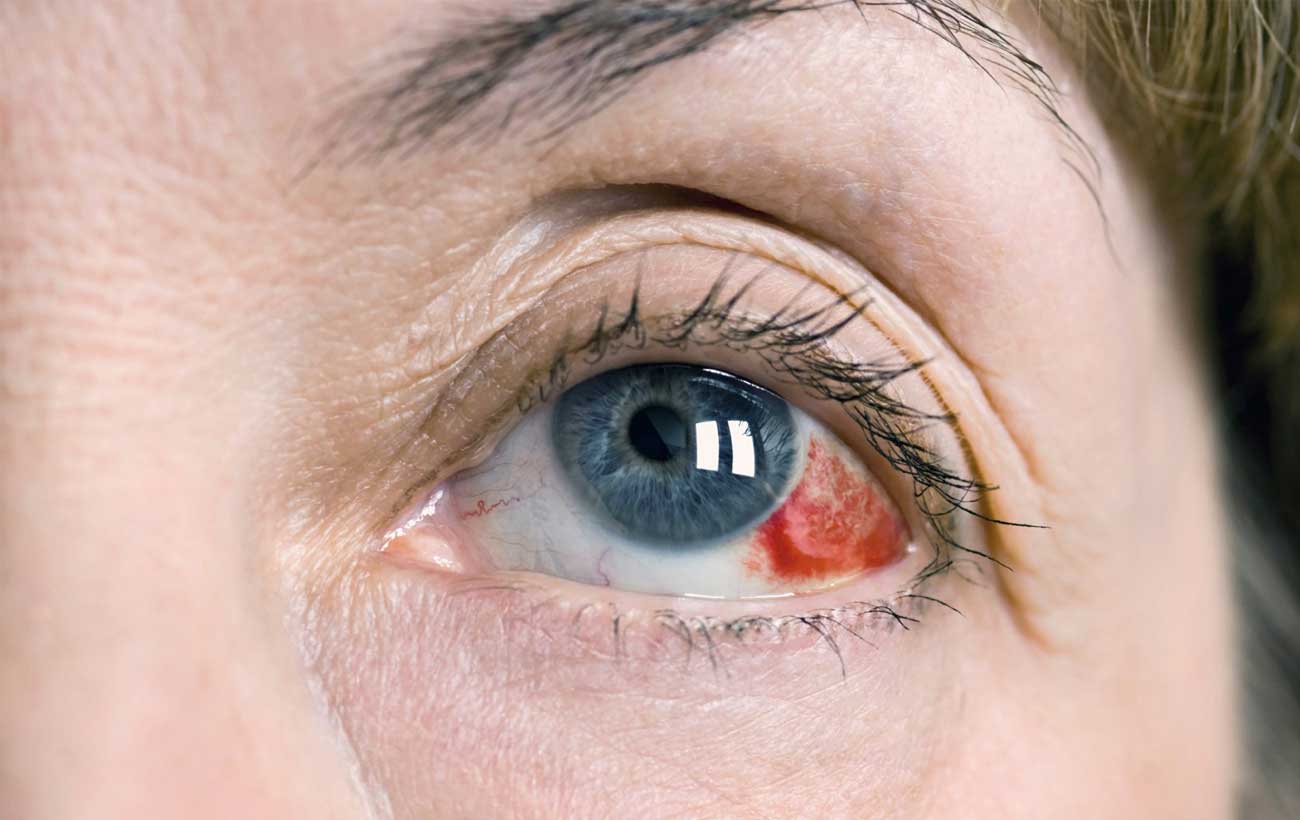A watering eye is an uncommon condition characterized by continuous tearing of the eye. Sometimes…

Uveitis is inflammation of the uvea, which consists of the iris (the colored part of the eye), the ciliary body (the ring of muscles that focus the lens), and the choroid (the layer of blood vessels beneath the retina). The condition is called iritis when the inflammation is confined to the iris, cyclitis when it is confined to the ciliary body, and choroiditis when it is confined to the choroid.
Uveitis is rare, and the cause is usually unknown. However, in some cases, the disorder may result from an autoimmune disorder (in which the immune system mistakenly attacks body tissues) or from infection with a virus such as the herpes simplex virus or herpes zoster virus. Uveitis can occur at any age, but it occurs most frequently in young adults. The disorder can affect one or both eyes.
Because untreated uveitis can lead to serious complications—such as cataracts; glaucoma; the growth of new, abnormally fragile blood vessels on the retina; or blindness—early detection and treatment are crucial.
Treatments
To treat uveitis, a doctor usually prescribes a corticosteroid drug in the form of eyedrops, an ointment, an injection, or a pill to relieve the pain and inflammation. Doctors may also prescribe eyedrops that dilate the pupil to prevent the back of the inflamed iris from sticking to the front of the lens, which could block the flow of fluid out of the eyeball, increasing pressure inside the eyeball. Even with effective treatment, the condition may recur.




